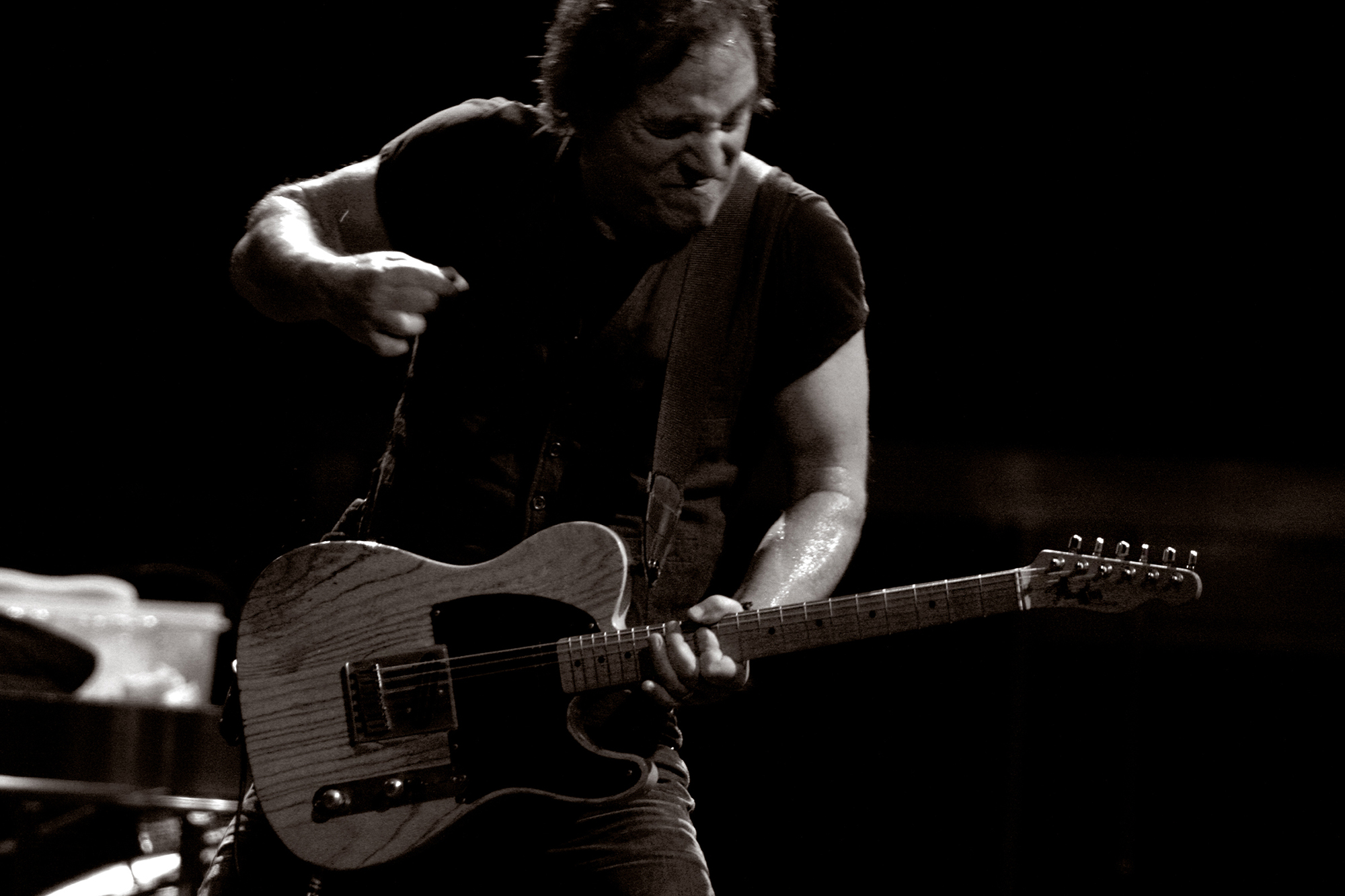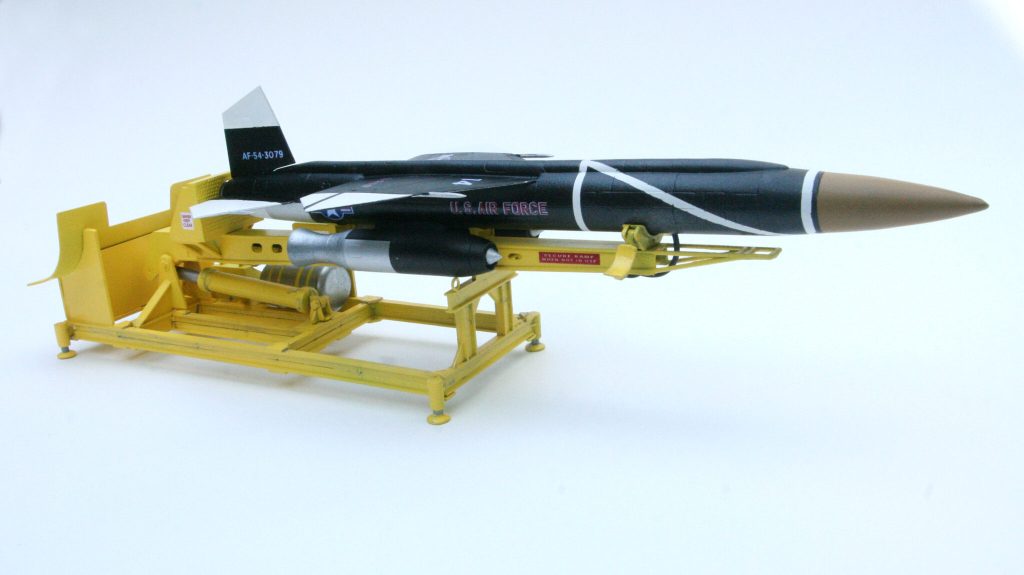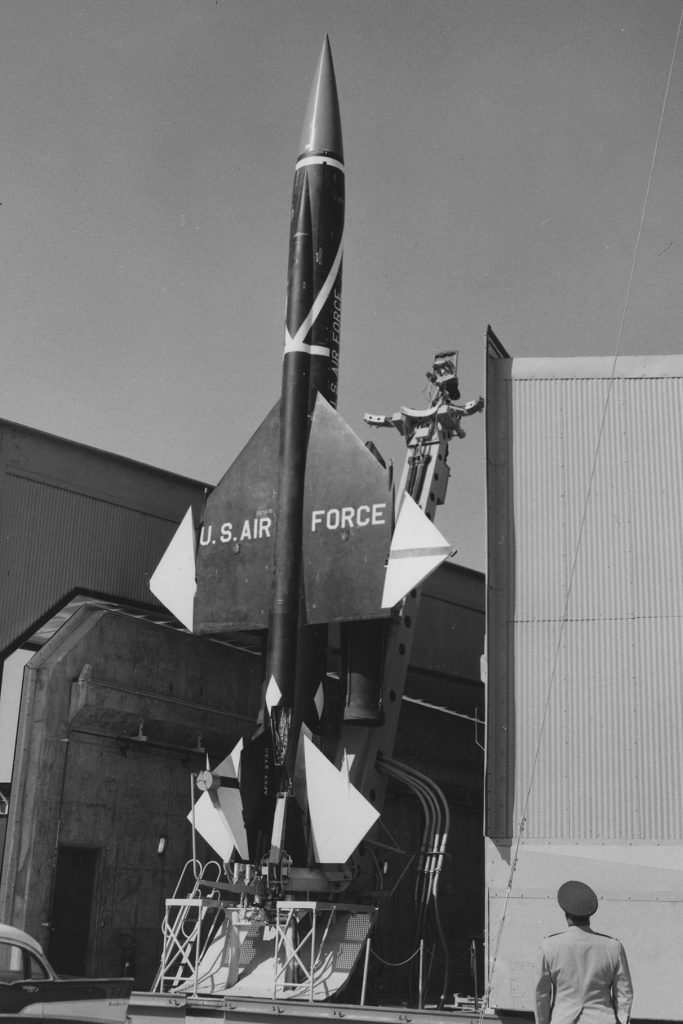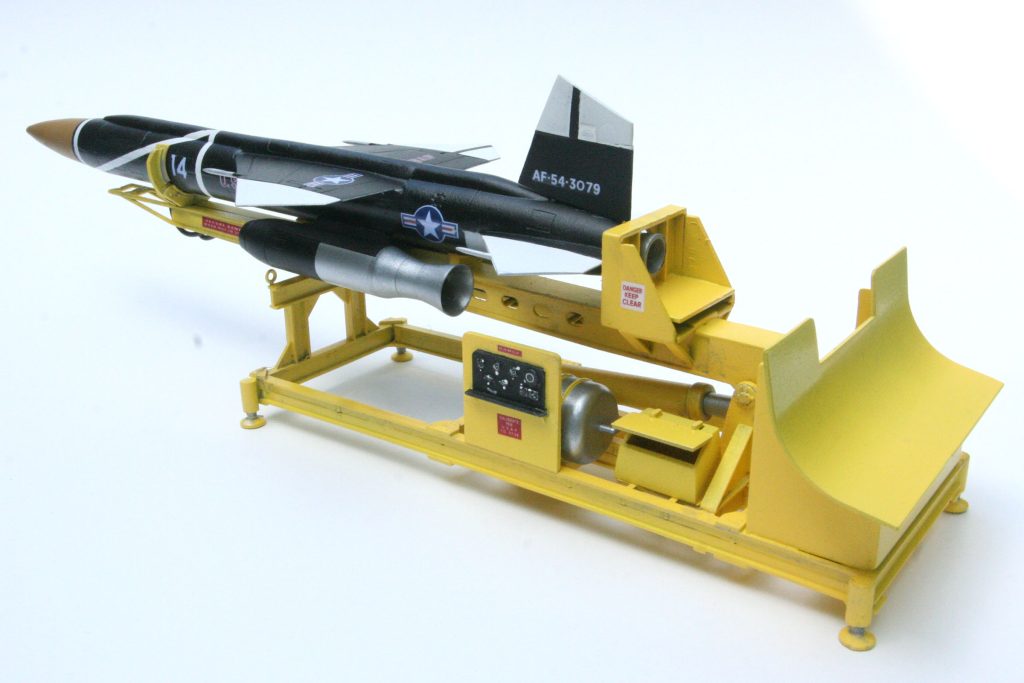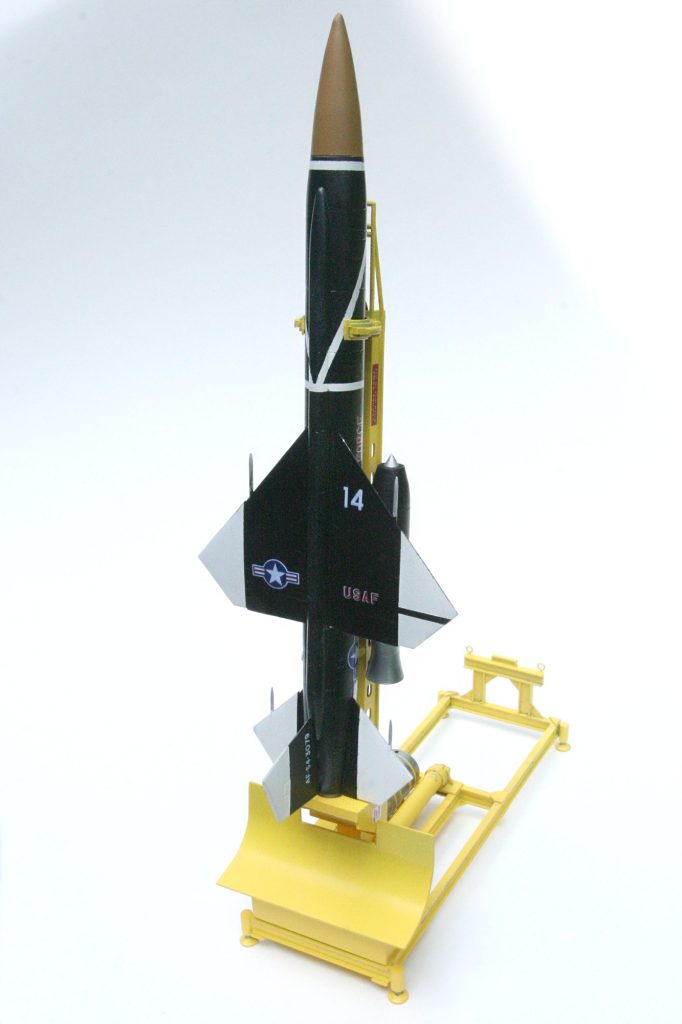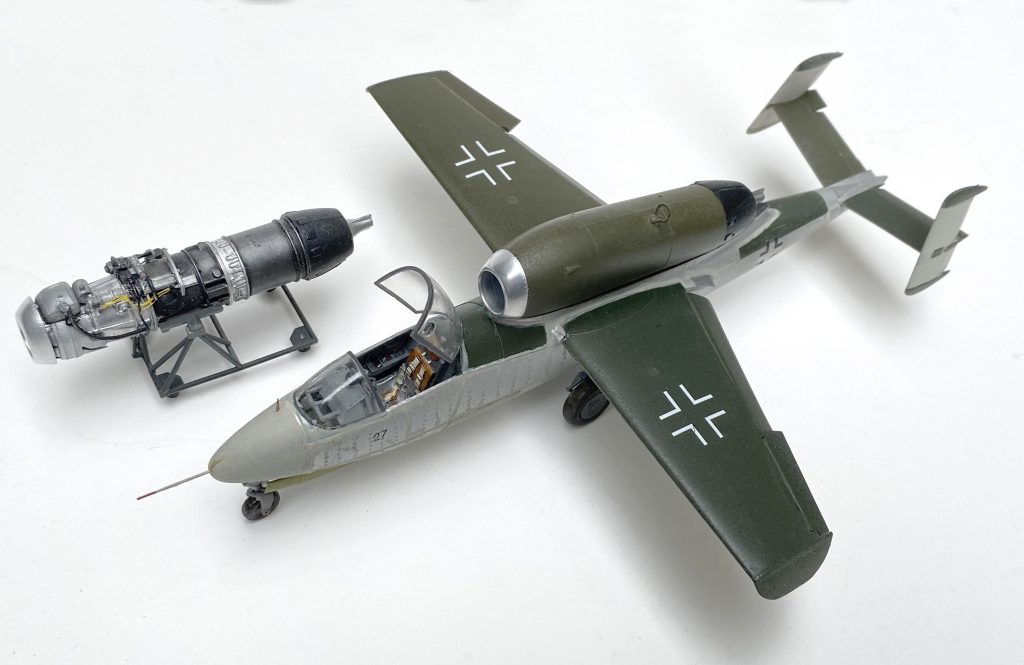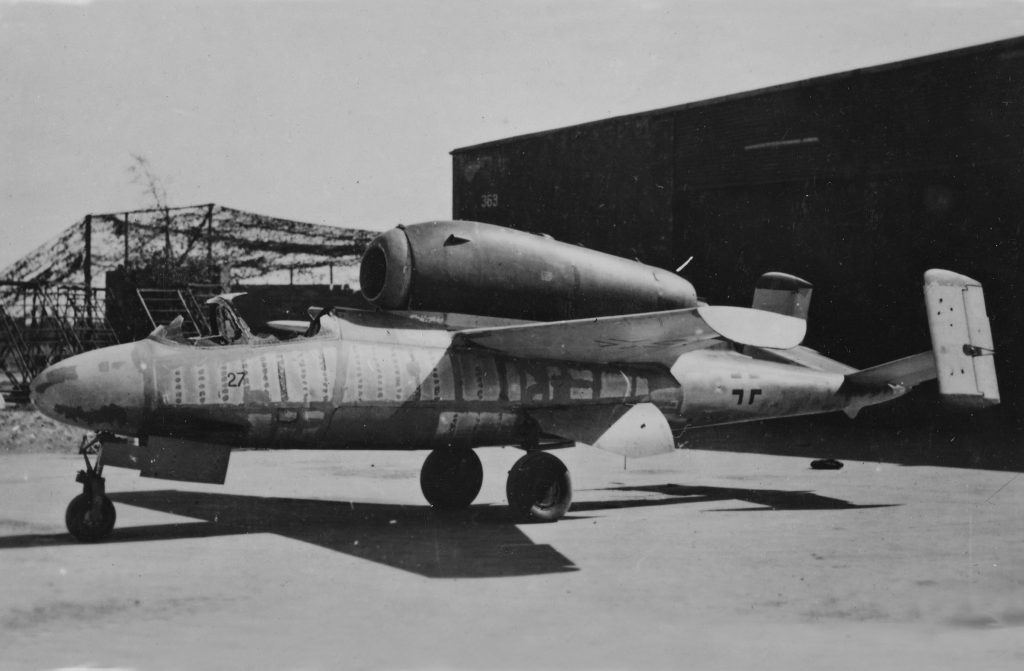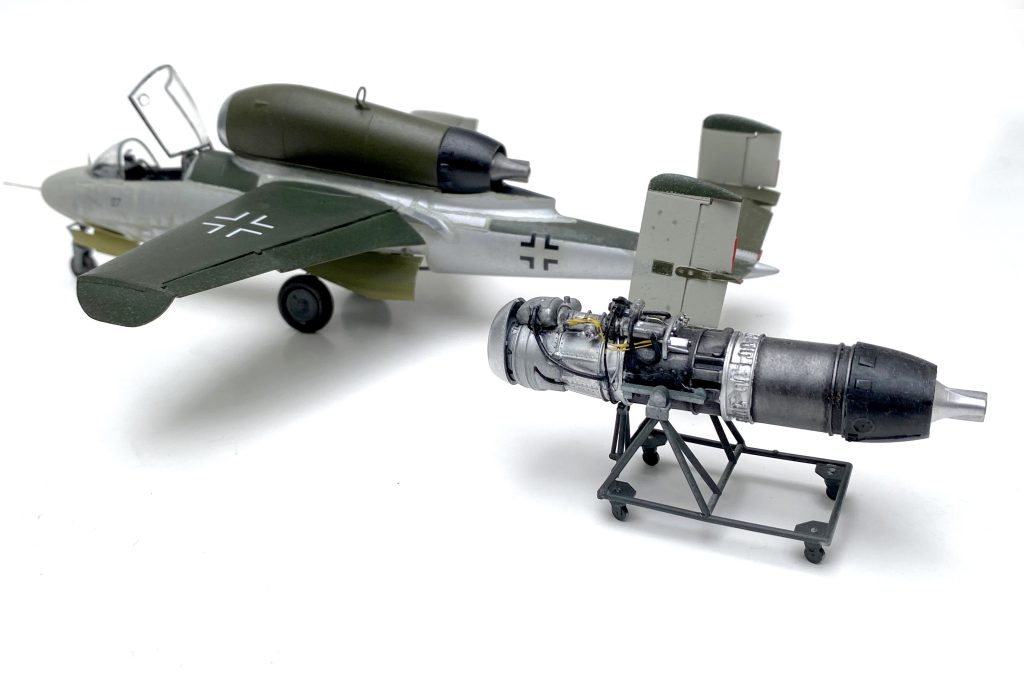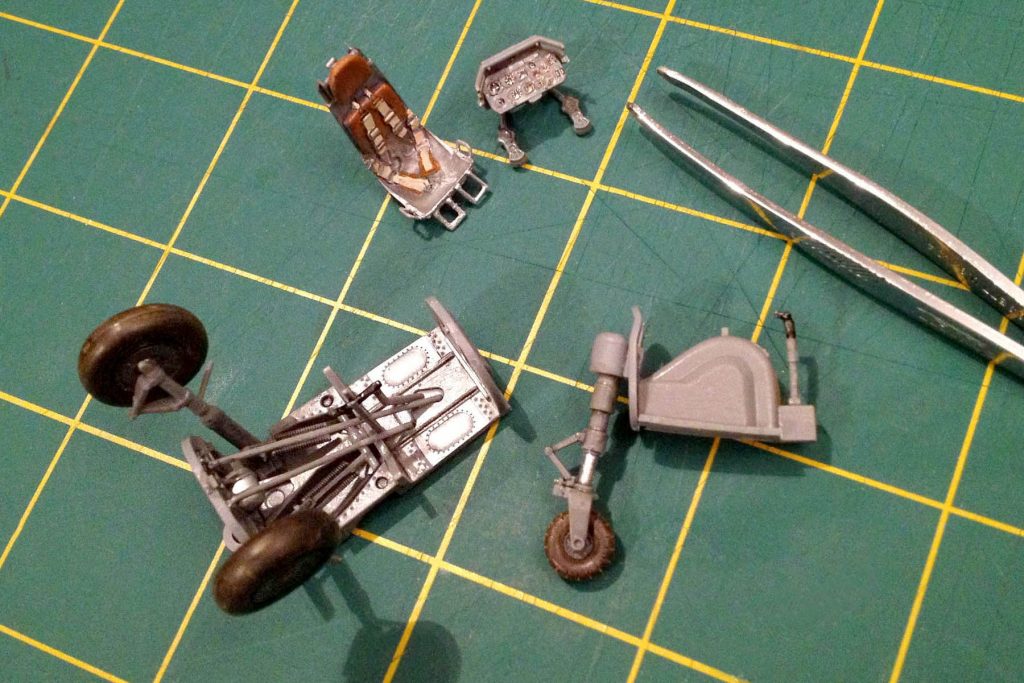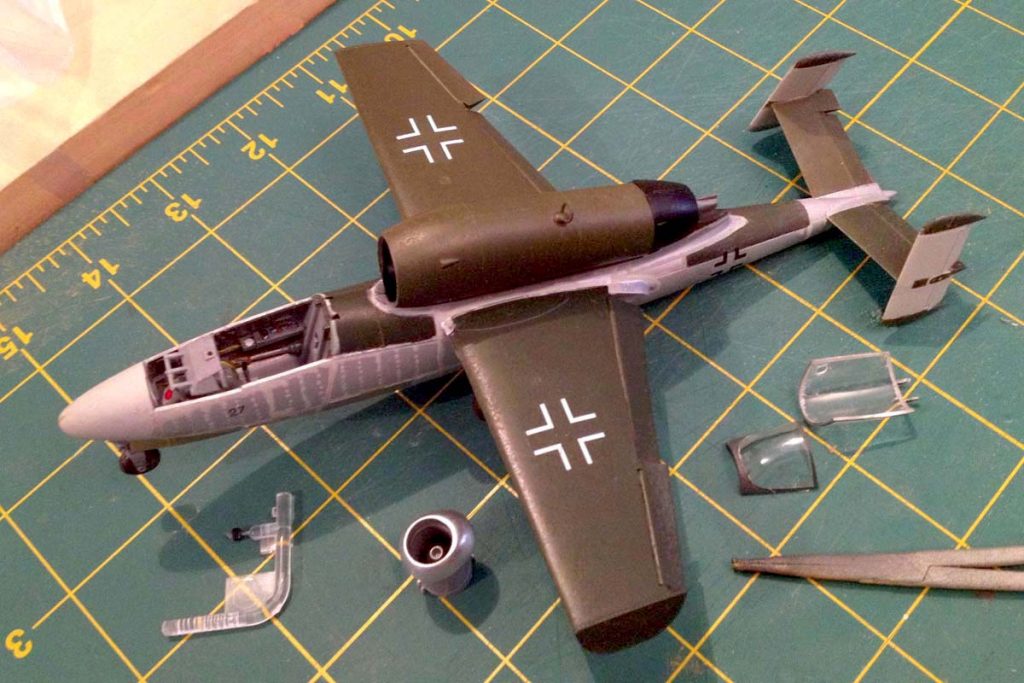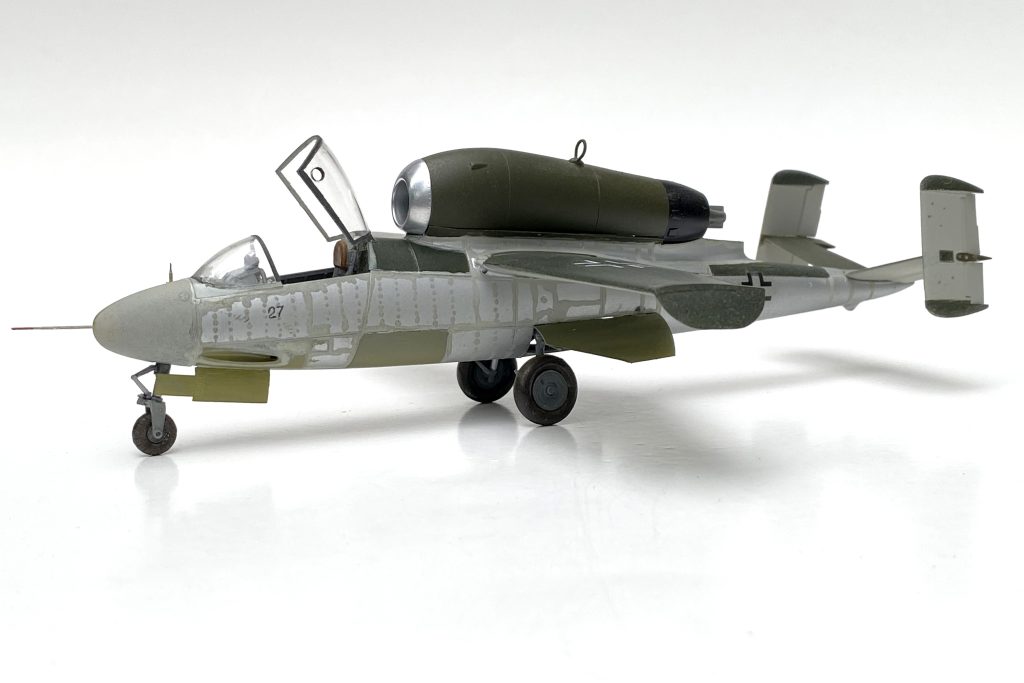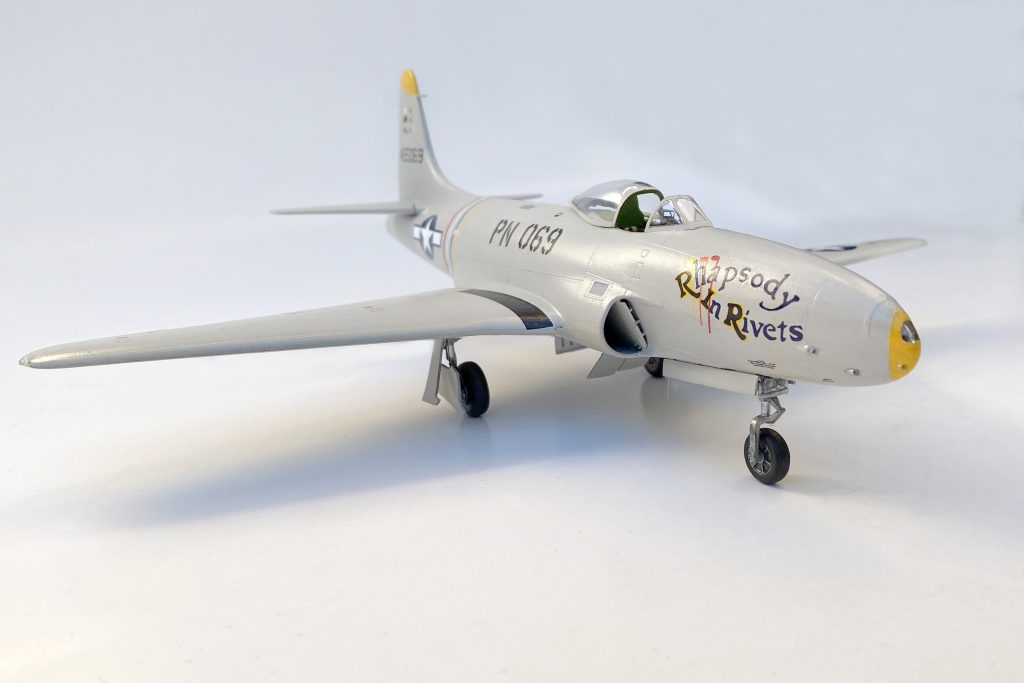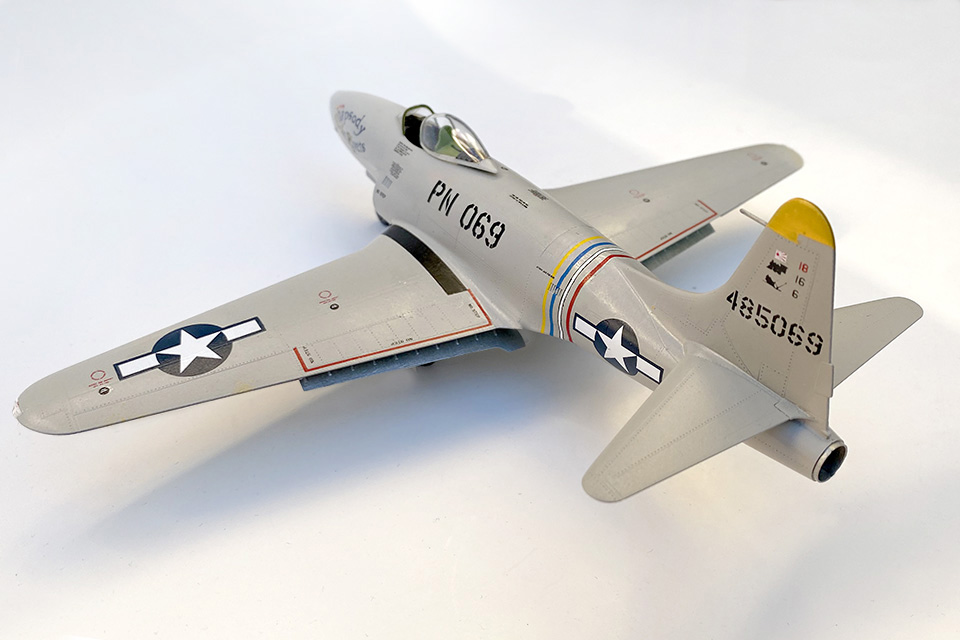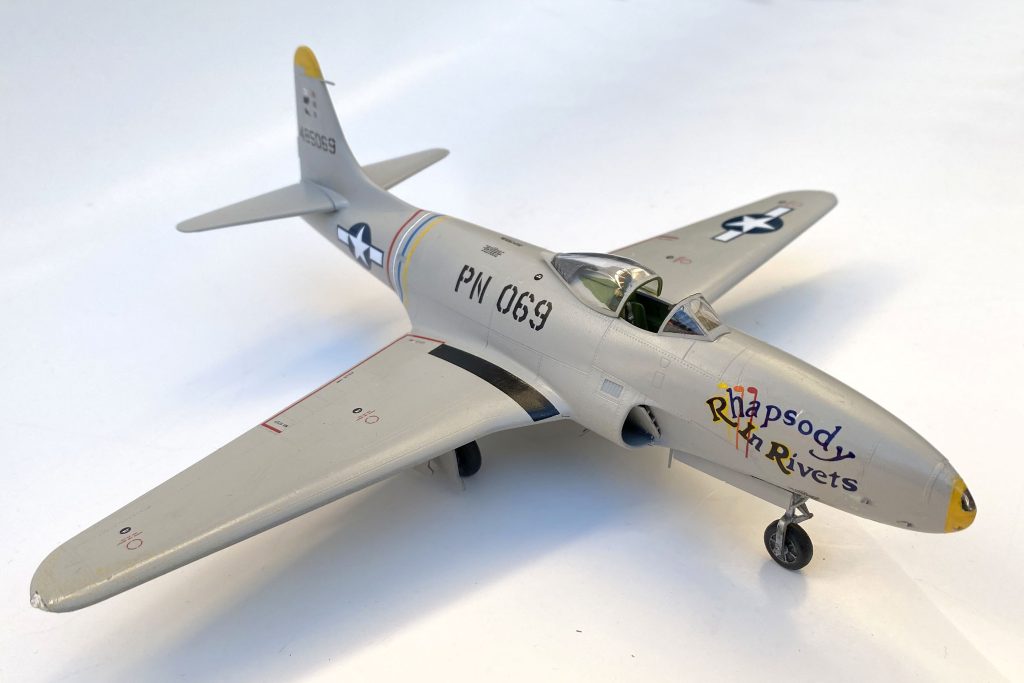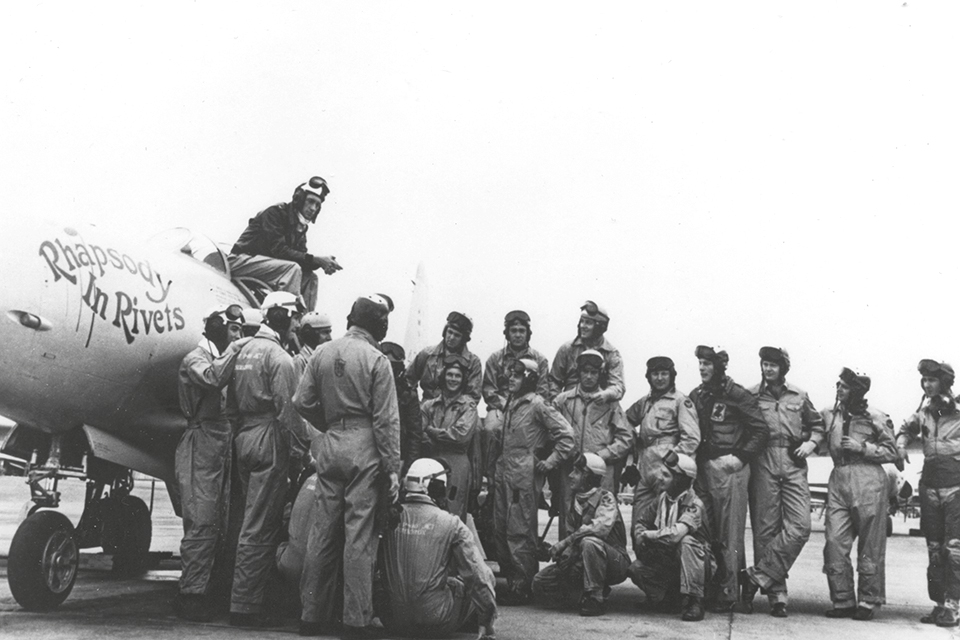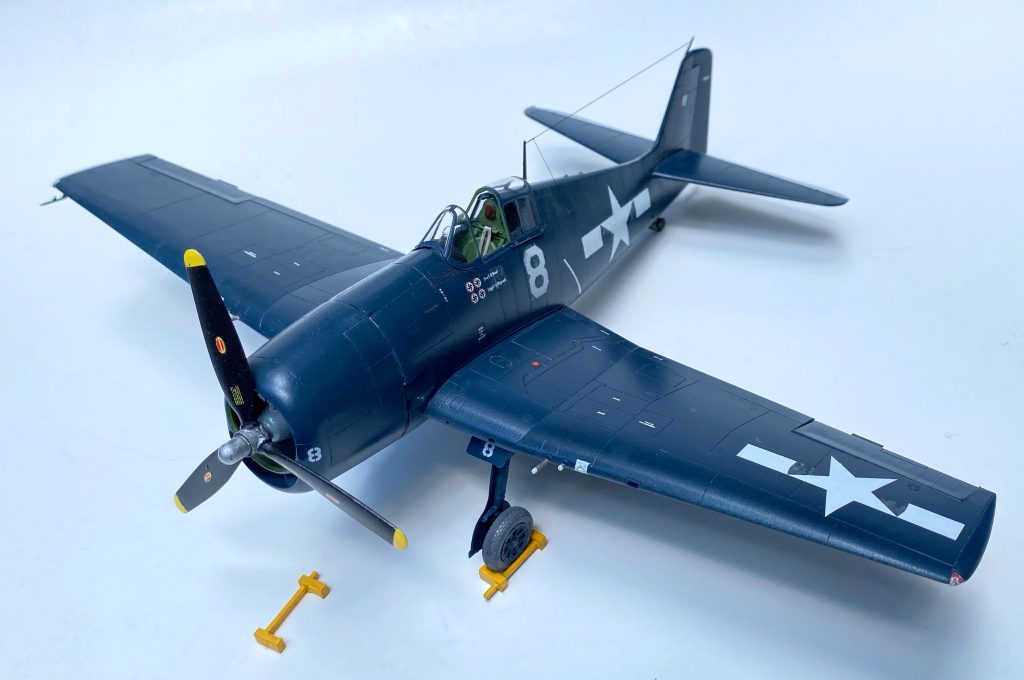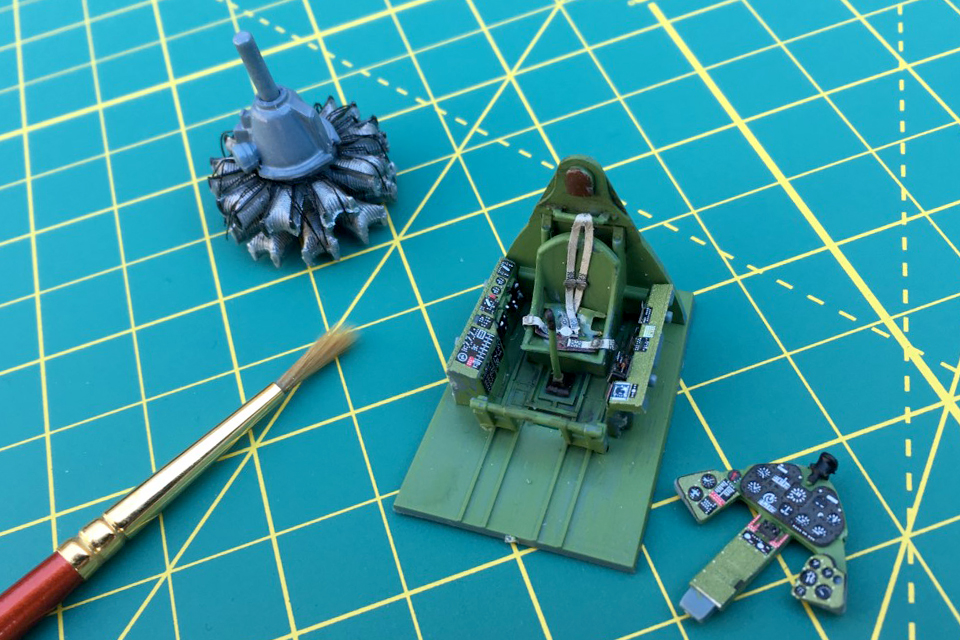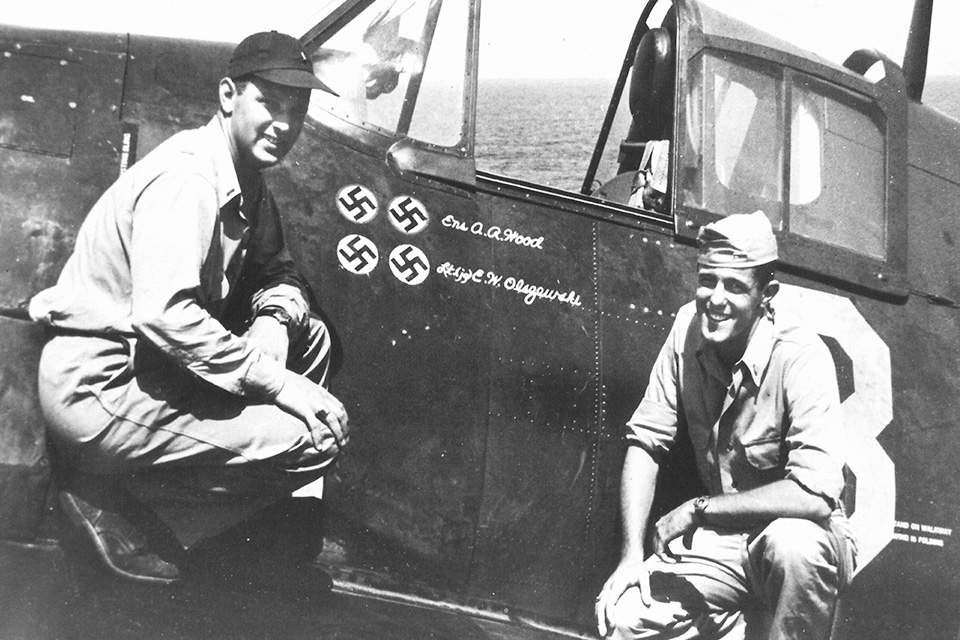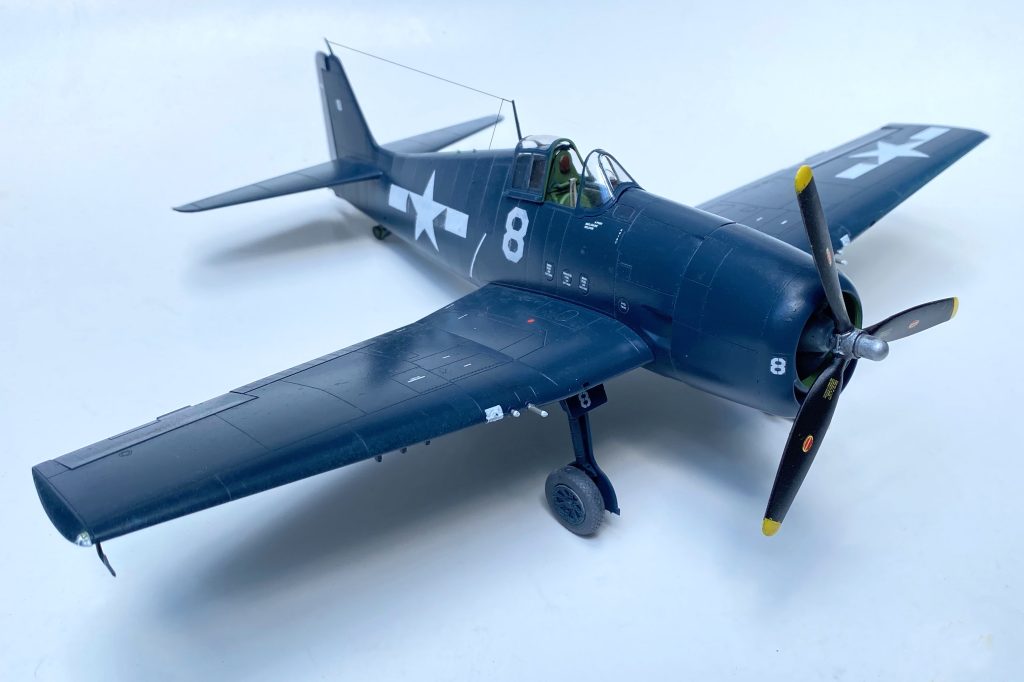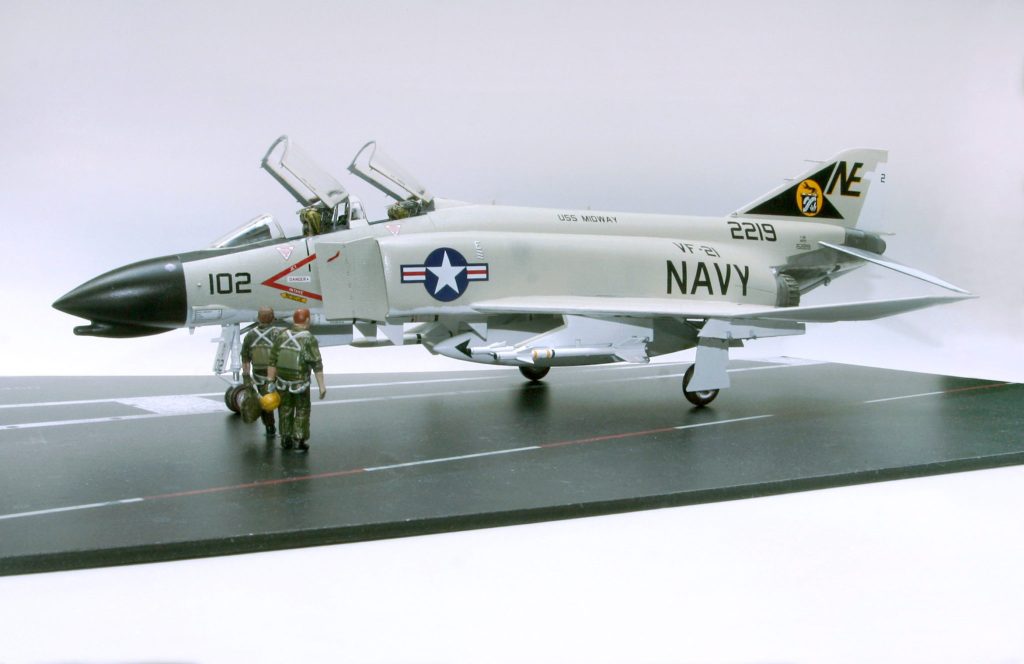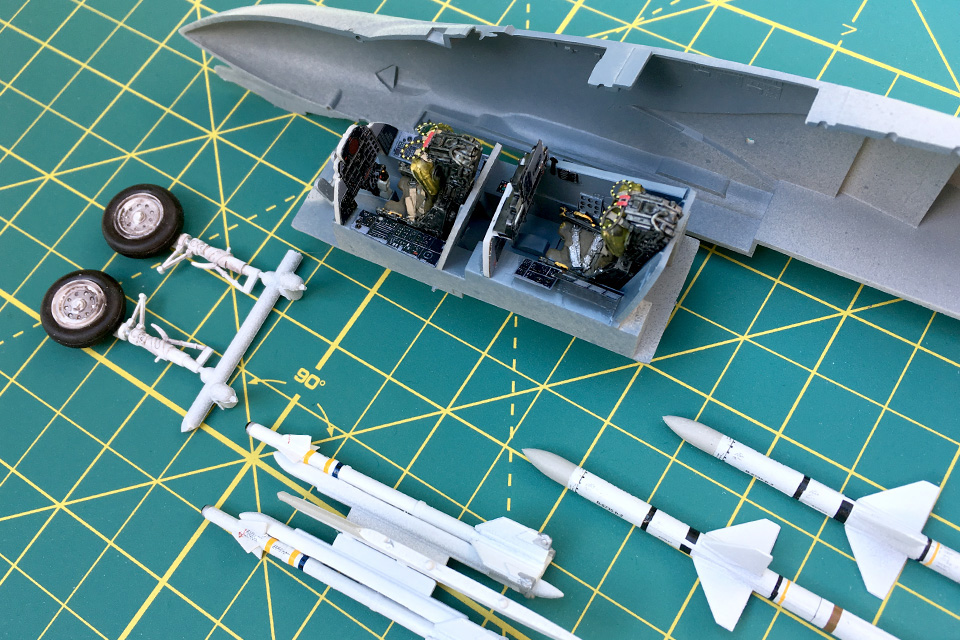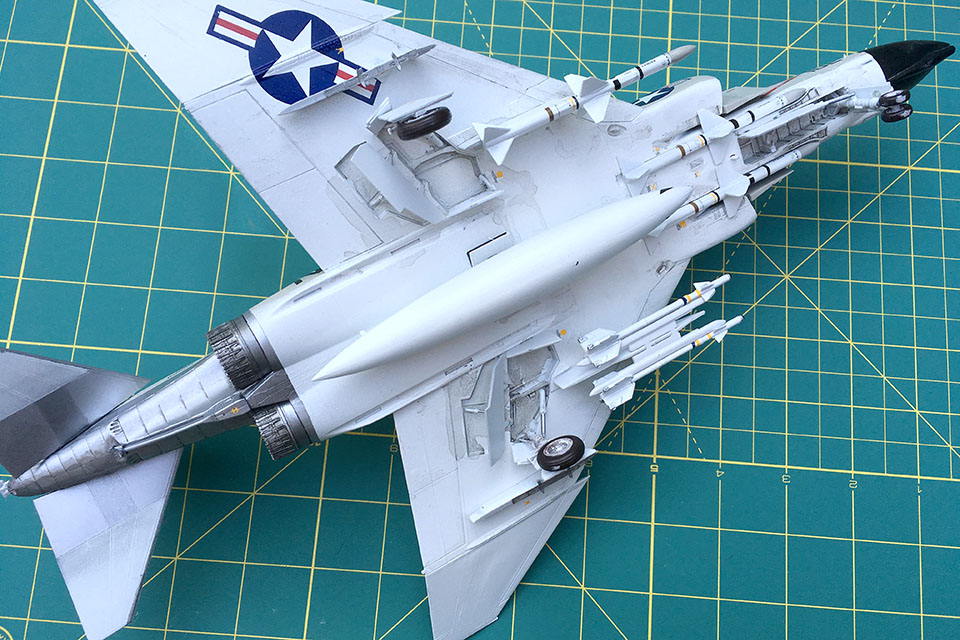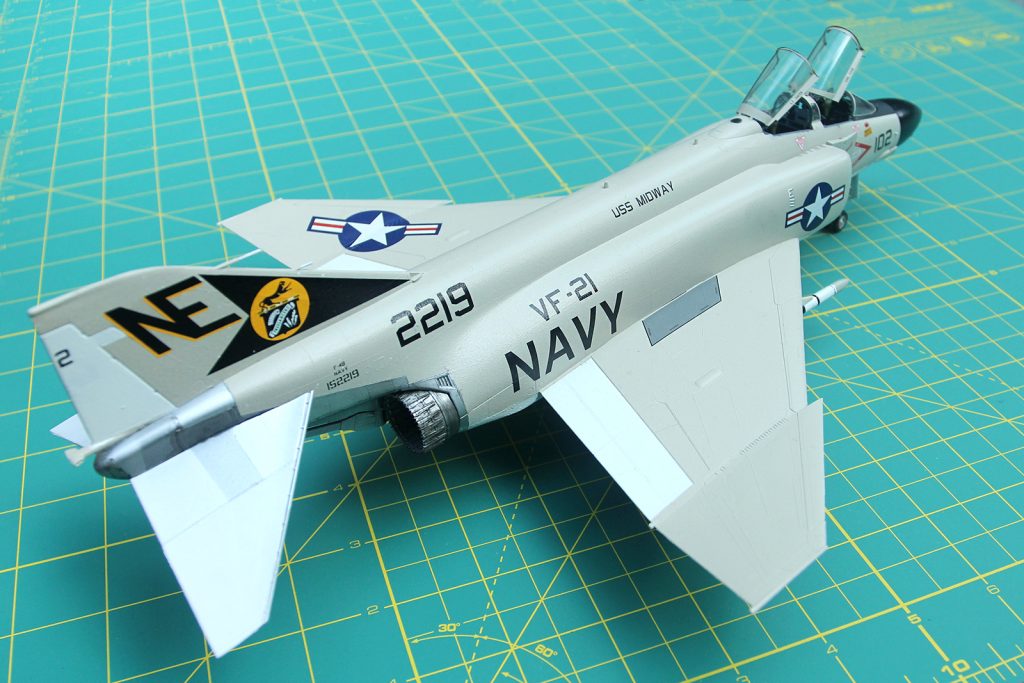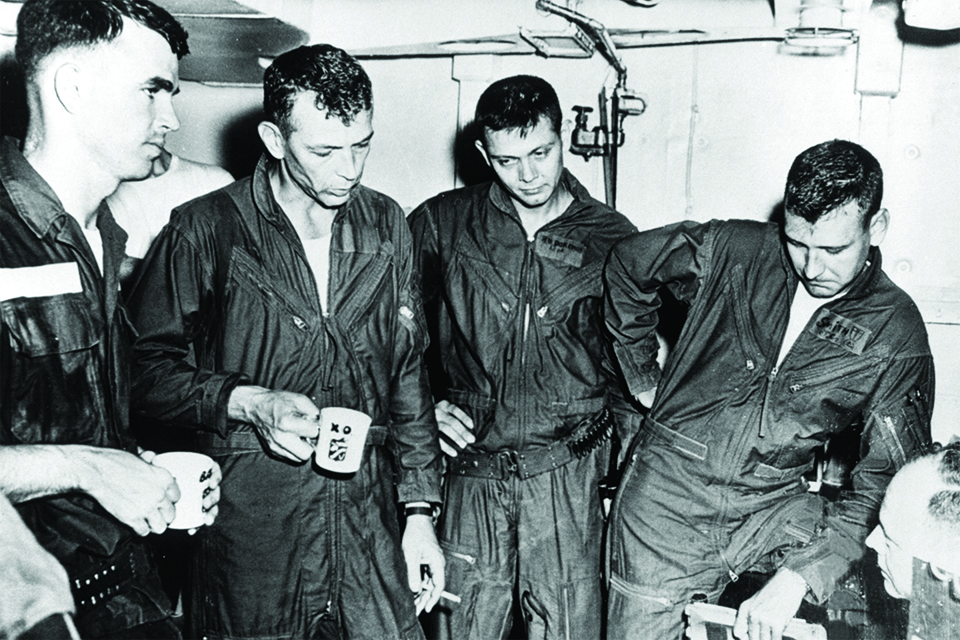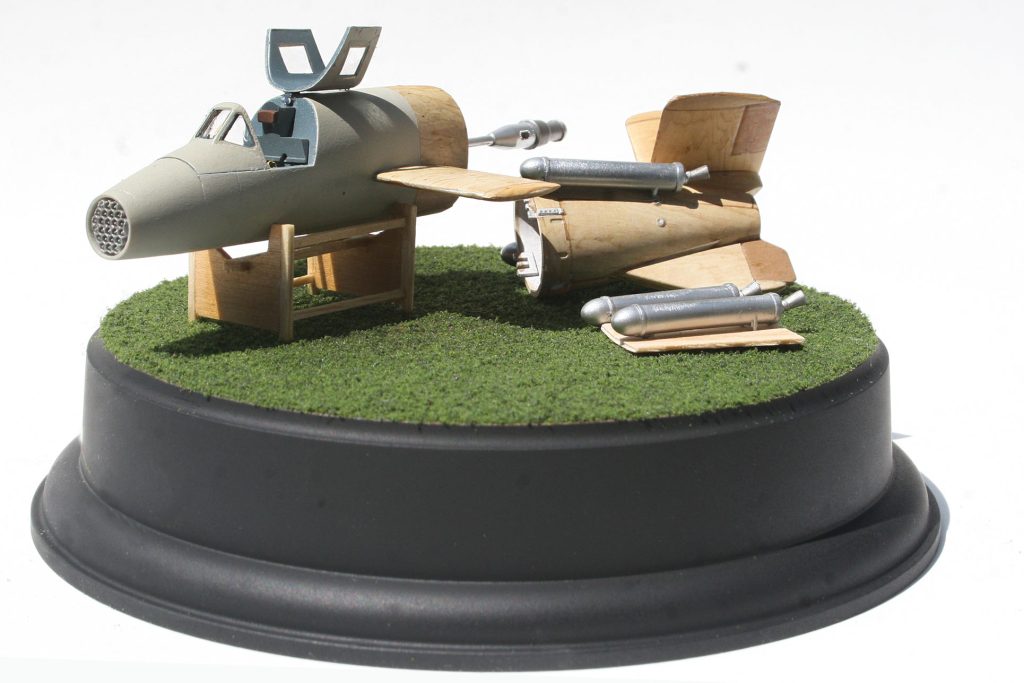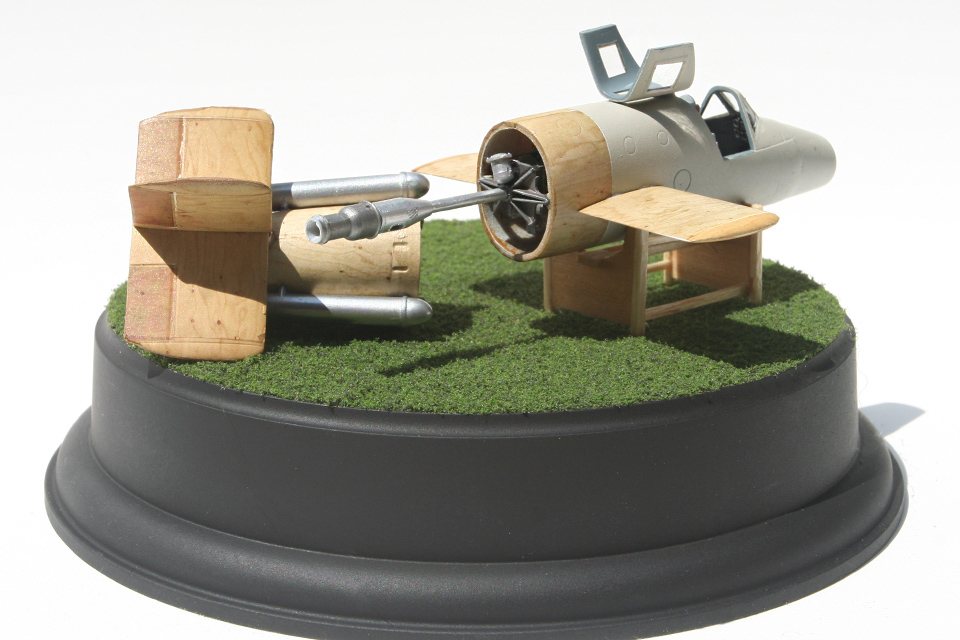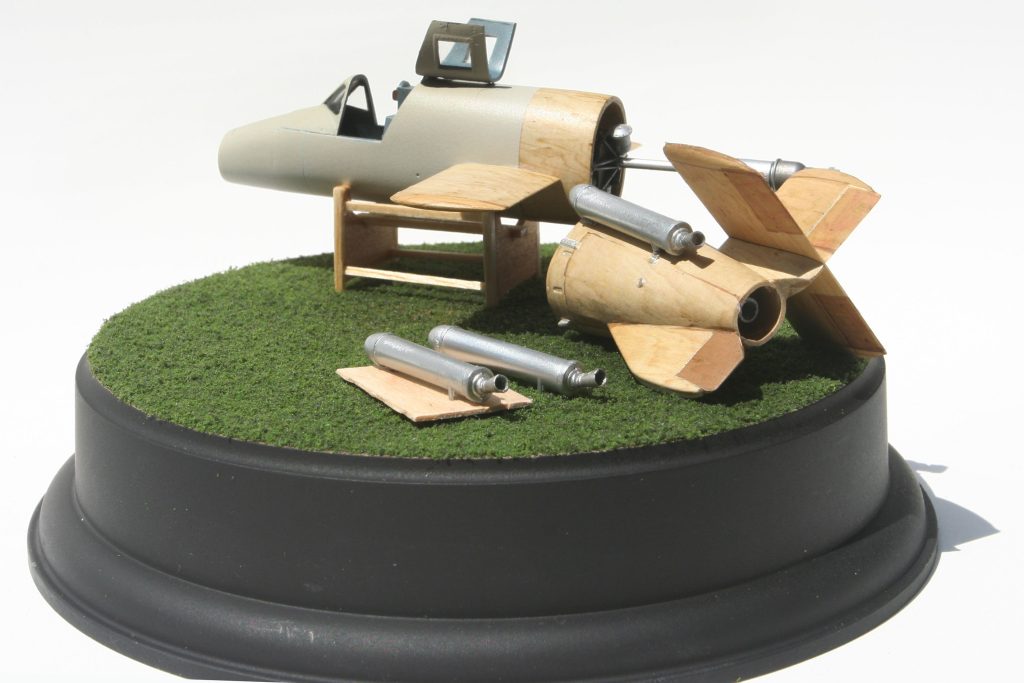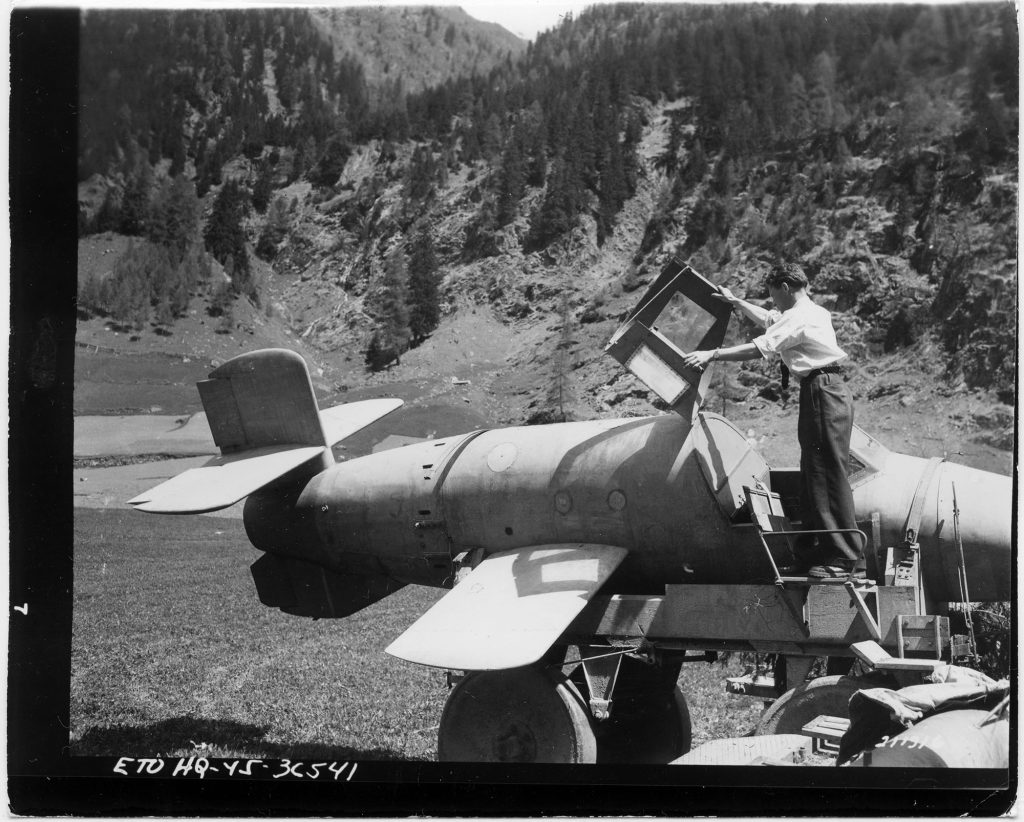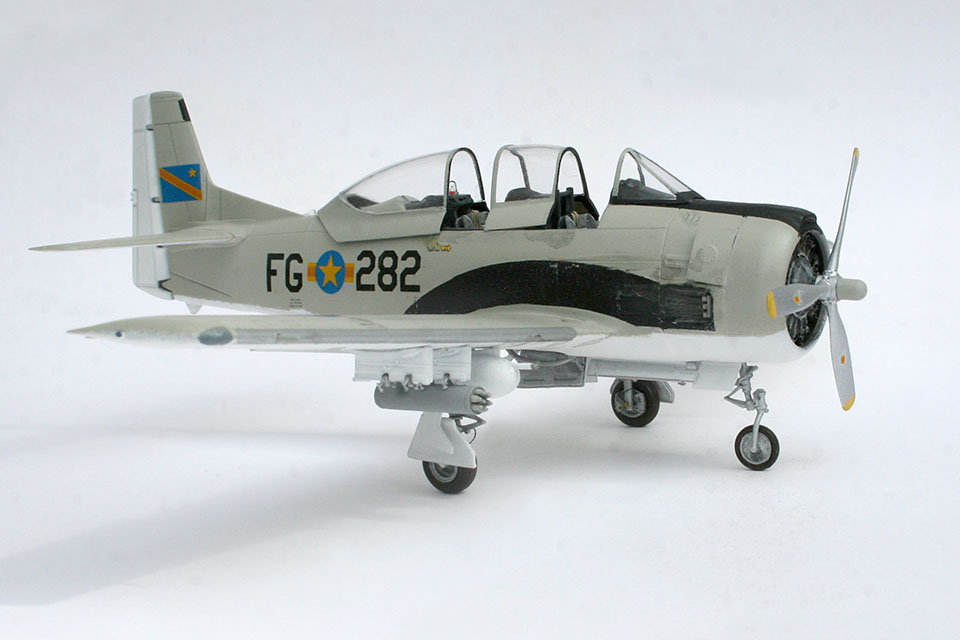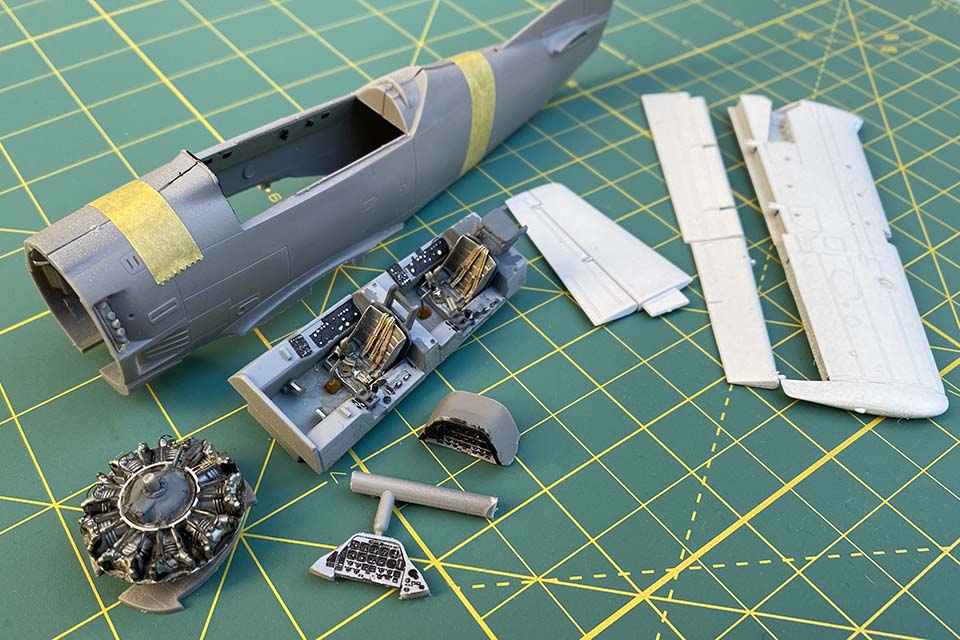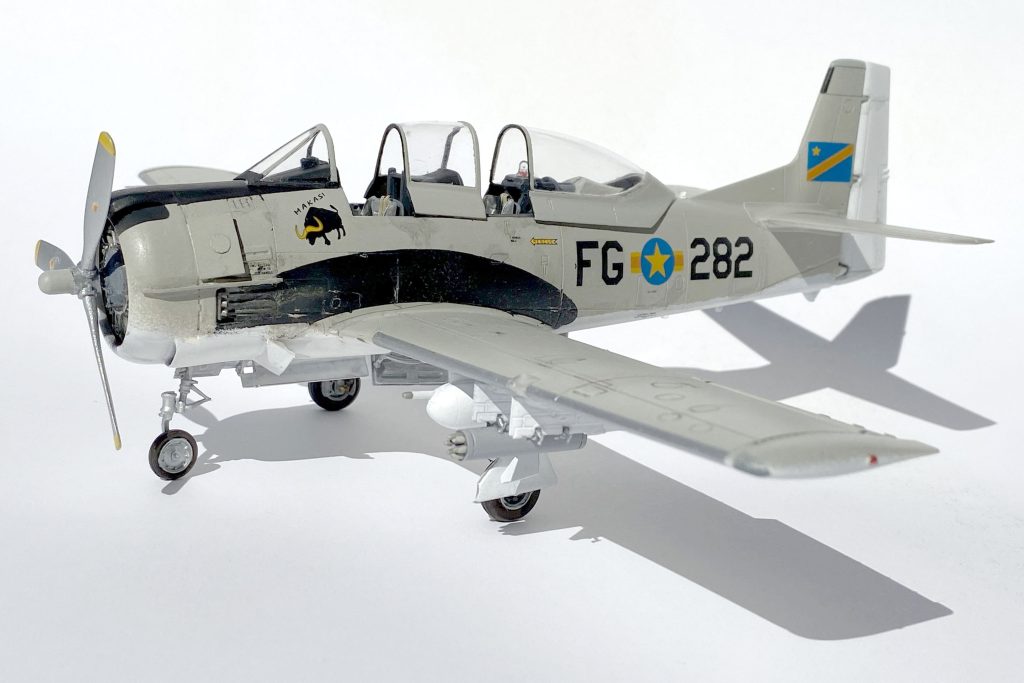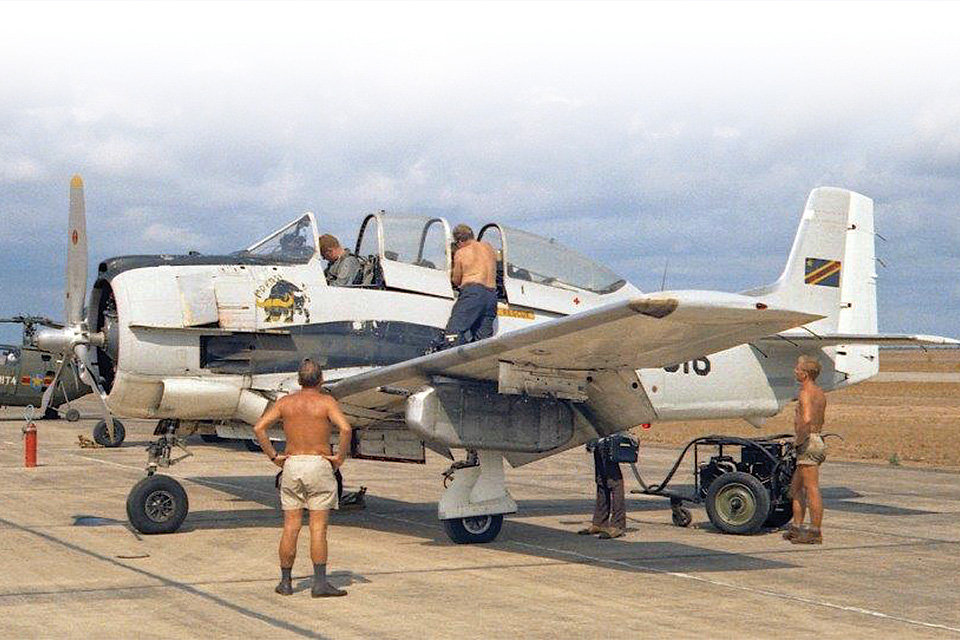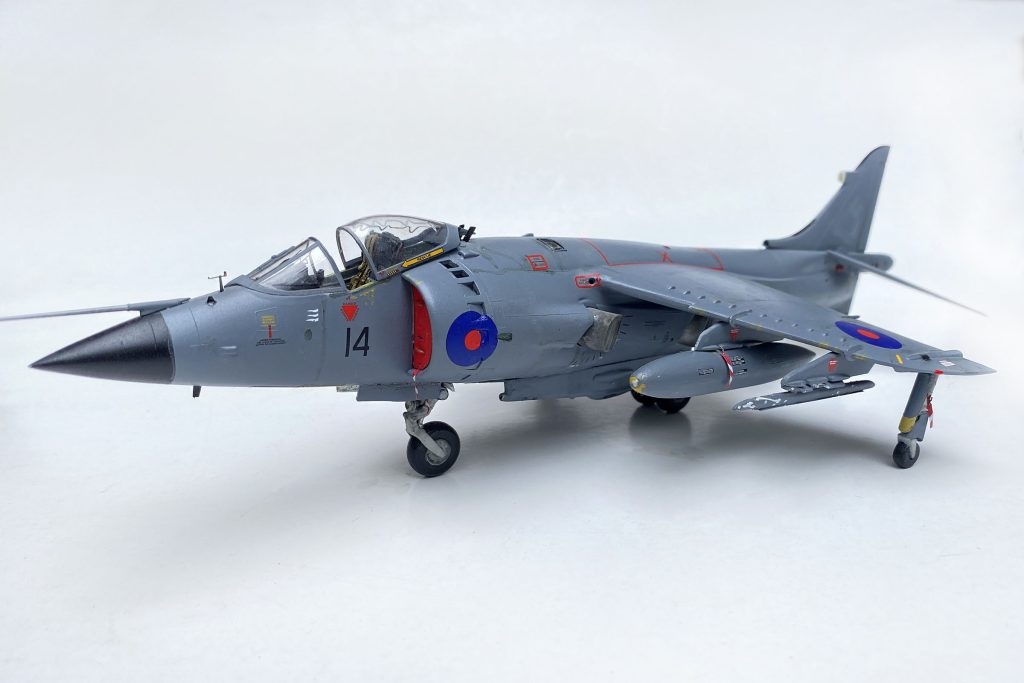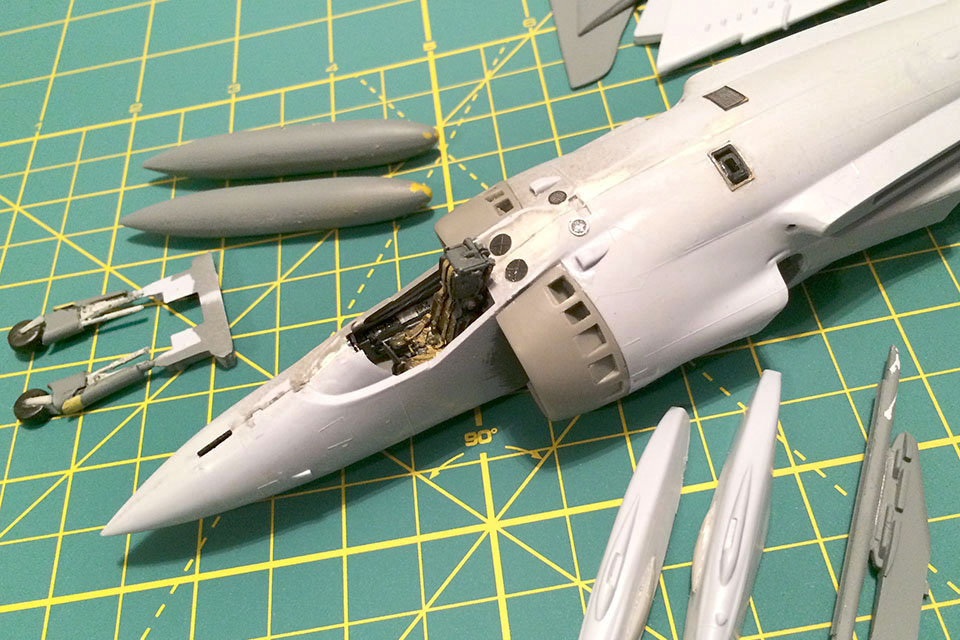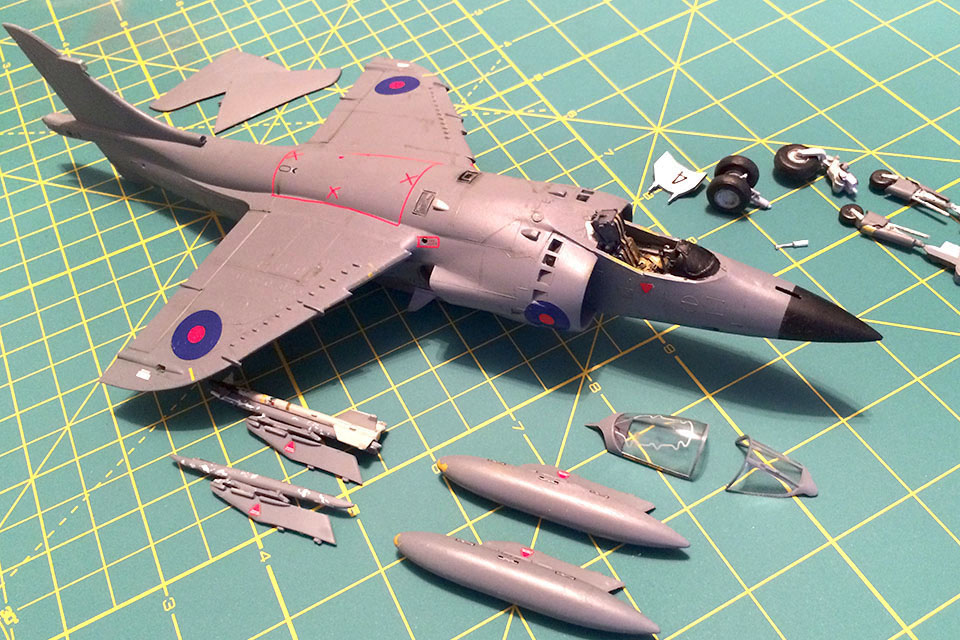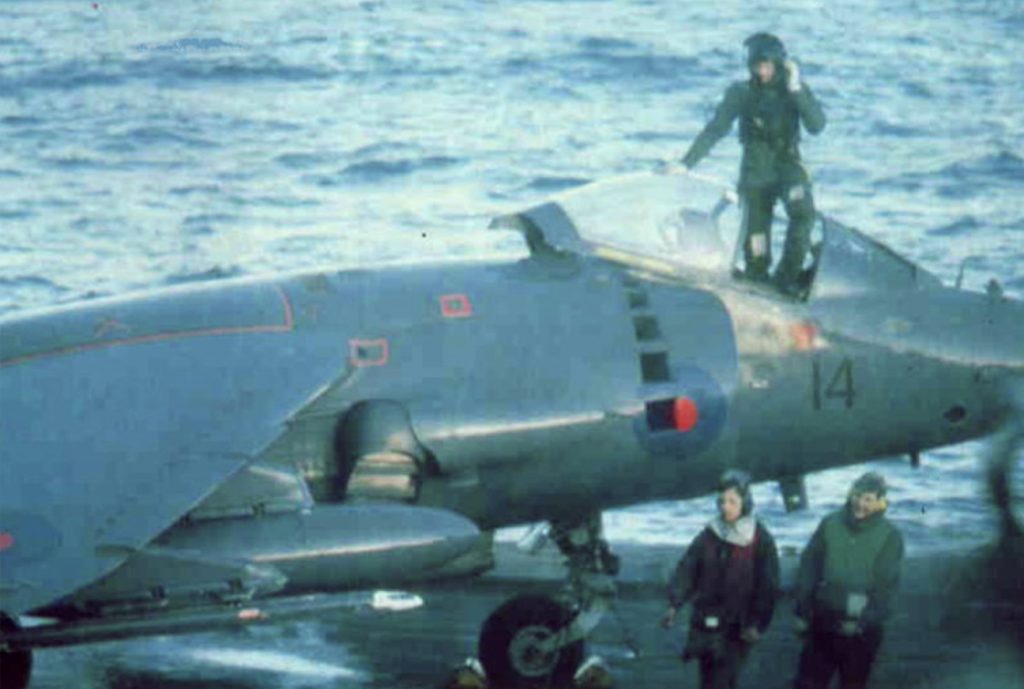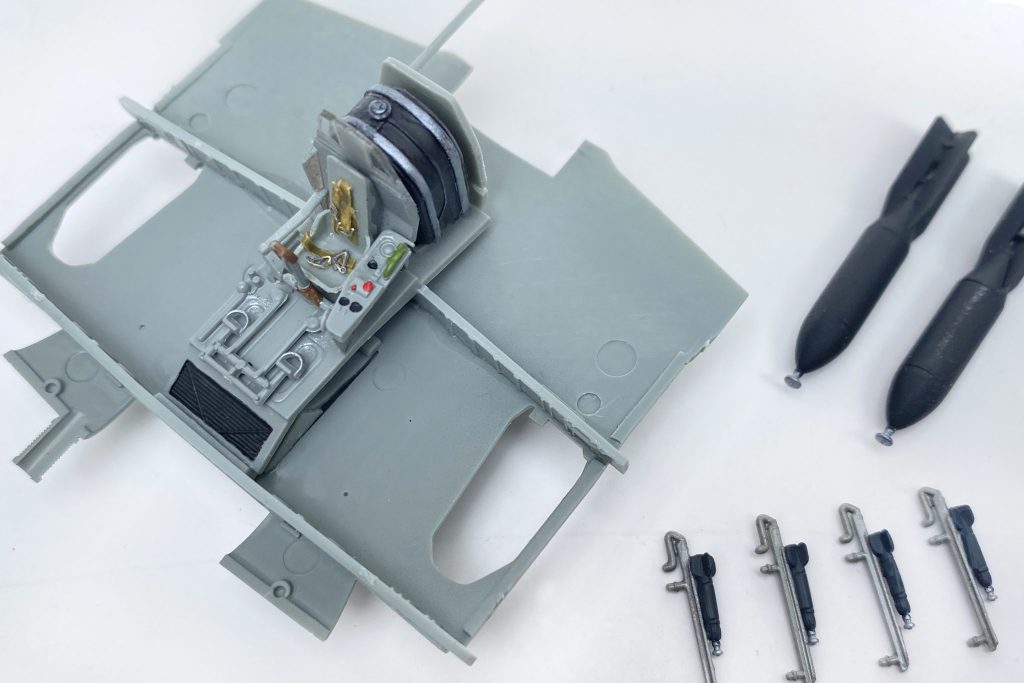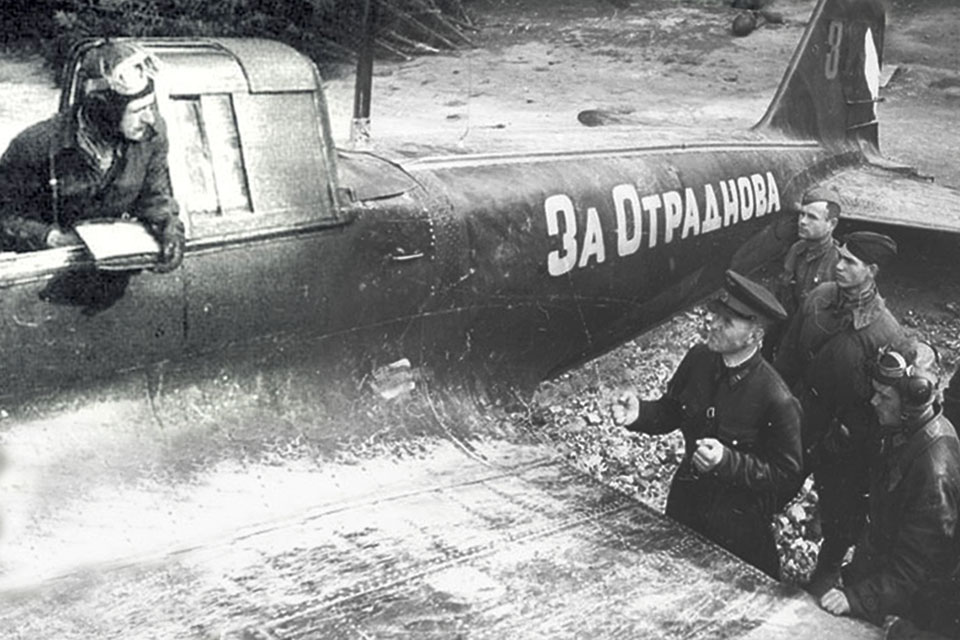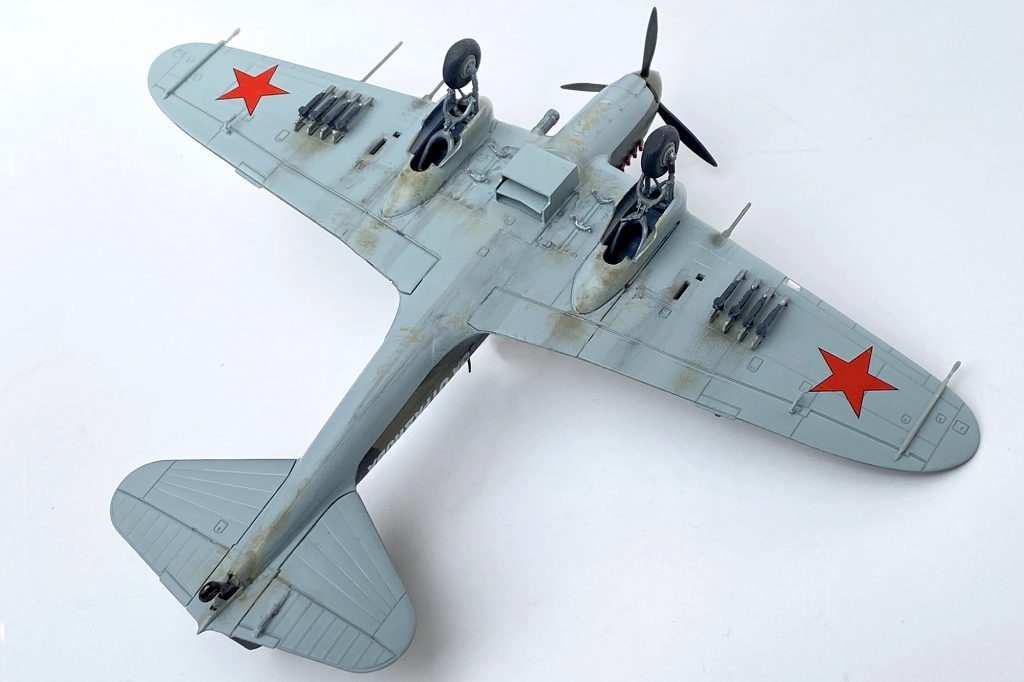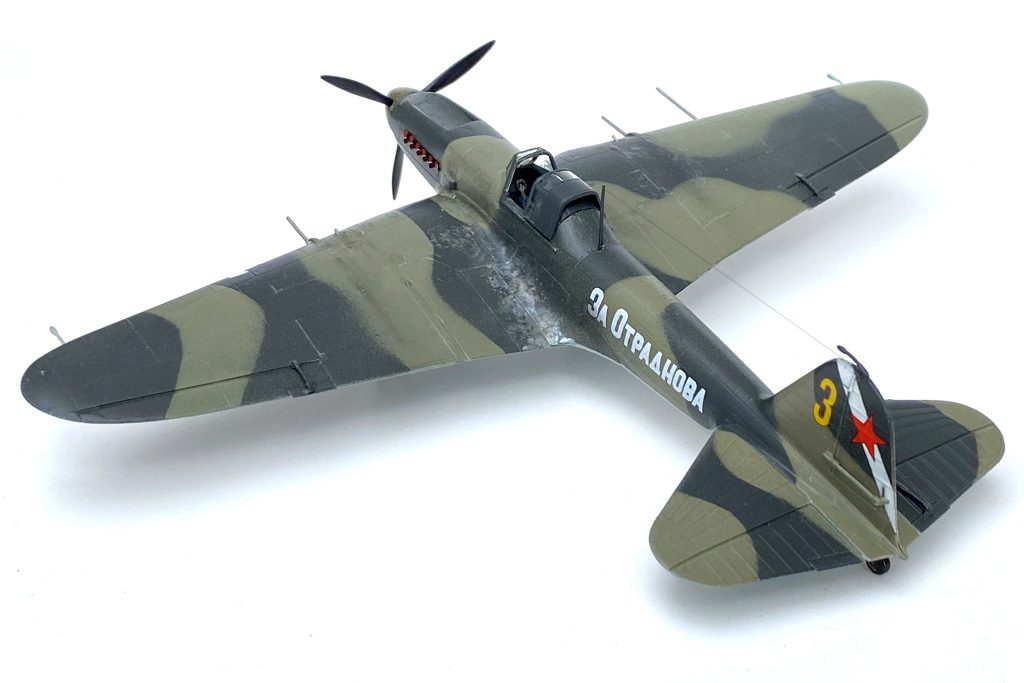A household move finally complete, it’s time to get back to the workbench in earnest while a few of the “locals” look on.
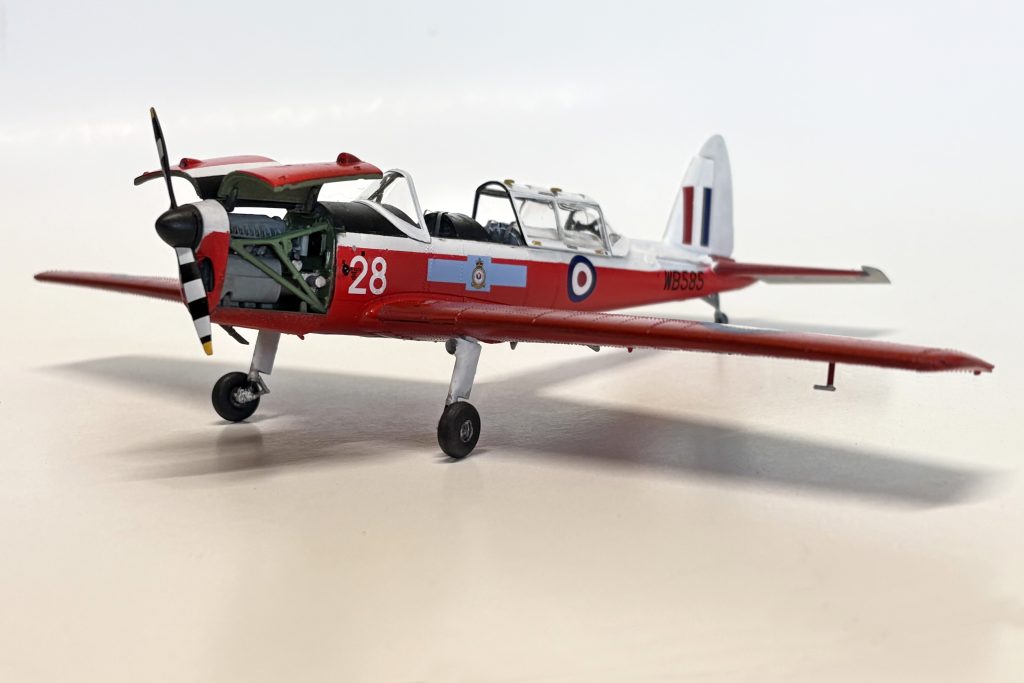
The old workbench has a new home. After weeks of settling in I’m ready to reach into the “stash” and start a new project. The local wildlife has been keeping an eye on my daily ritual, a few birds, the occasional squirrel and a Chipmunk … a Chipmunk.
The De Havilland Chipmunk was the company’s answer to its legendary Tiger Moth. The technological advancements in aviation during the Second World War had ushered in the jet age, high performance aircraft of all sorts needed specialized training. The days of training new “flyers” in open cockpit biplanes, scarf in the breeze, wind in the wires … were over.
The first De Havilland “Chipmunk” flew in May, 1946. It was a sporty looking low-wing monoplane with an enclosed cockpit and fixed landing gear. Nimble and easy to fly, it quickly became the standard introduction to the world of flying in the Royal Air Force for decades.
The Kit
Airfix have been doing a bang up job the past few years releasing well engineered kits of aircraft that modelers have been clamoring for. A bonus has been that from time to time they’ve brought out an unexpected gem; their De Havilland Chipmunk is just such a kit.
Starting with the cockpit, follow the instructions, painting the interior black. I used Tamyia’s “NATO Black” and dry brushed a bit of aluminum to give the details some definition. I had every intention of building my “Chippy” straight out of the box, there’s definitely enough detail in the kit.
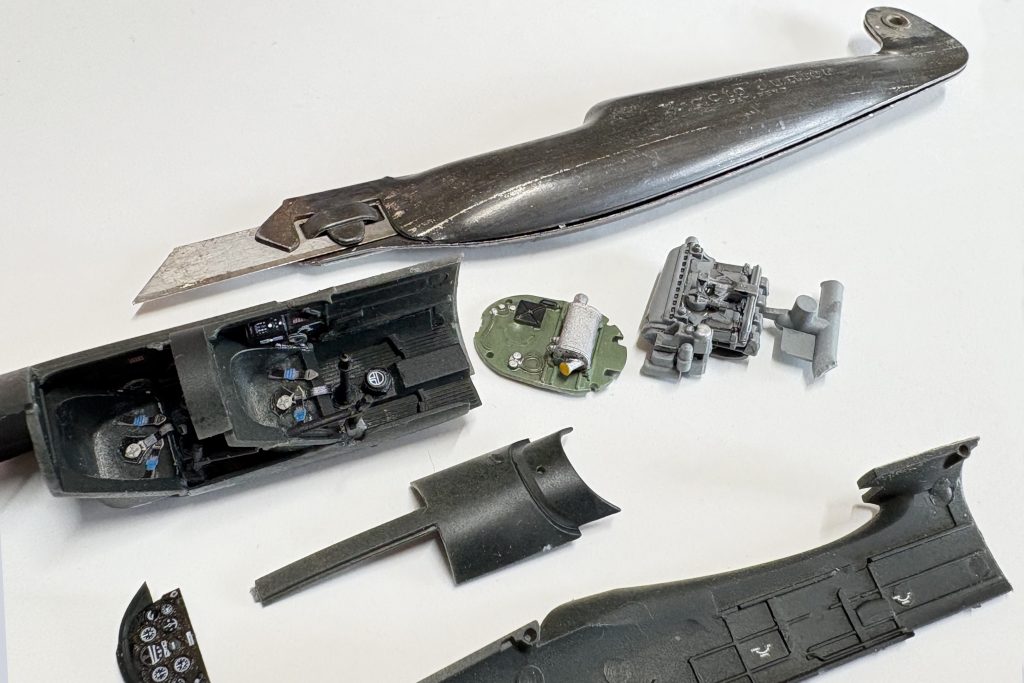
The kit’s decal sheet includes dials and switches for the control panels but Eduard’s detail set (3DL 48048) includes a nice set of seat belts and control panel decals with the popular “3D” look. Just enough to satisfy the need for that little extra.
The completed cockpit fits snugly between the fuselage halves. Fit the engine firewall and make the decision to display the airplane with the engine covers open to show off the 145hp Gipsy Major 10 engine. The six-piece affair is attached to the firewall between two struts painted RAF interior green. Paint the engine dark gray with steel details and a dark wash to make the details pop.
A Full Color Project
With the fuselage complete, carefully mask the exposed engine and cockpit, it’s time for some paint. I decided on a brightly colored primary trainer from Royal Air Force No. 2 Flying Training School circa 1973. Bright red and white, black anti-glare panel and light gray areas on the wings will make the finished airplane hard to miss on the display shelf.
Paint the fuselage white first, letting each color dry throughly before masking for the next. Patience is your most important tool at this point.
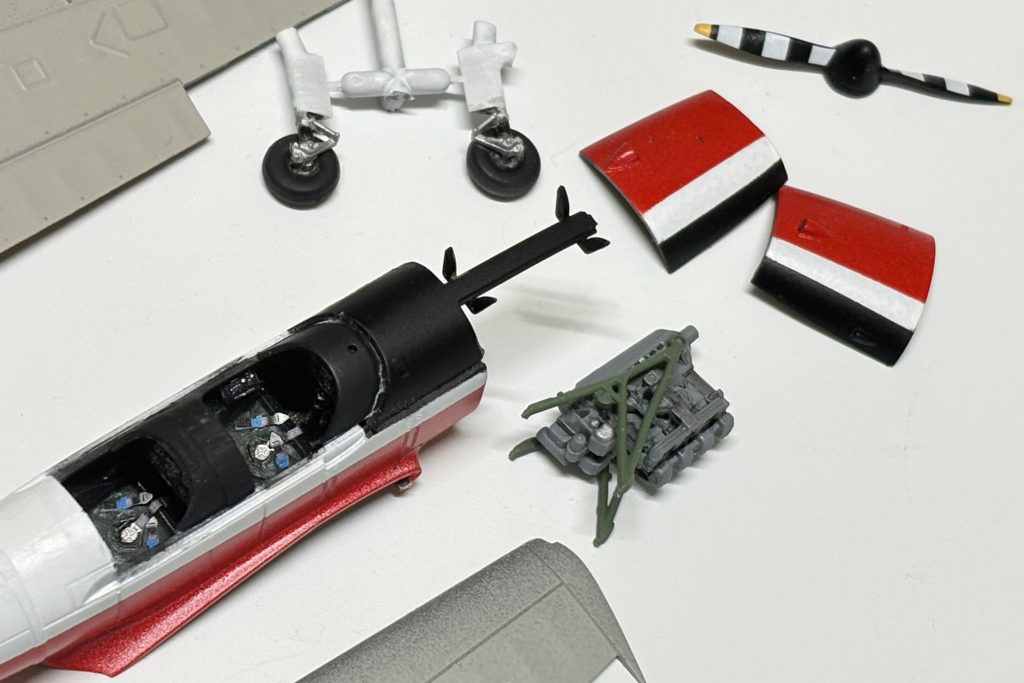
Attach the bottom of the main wing to the fuselage before adding the top pieces. The fit is tight so dry fitting is a must. With wings and tail in place, continue to mask off the areas and follow the color diagram in the instructions.
Next, on to the landing gear. Airfix has included some interesting choices. For those looking to hang your chipmunk from a bedroom ceiling (flashback to my childhood), choose the struts with the longer oleo (parts C33,38). I’ll display mine on a shelf so I’ll choose the struts with the shorter, compressed oleo (parts 32,37). Attach the landing gear and tail wheel.
The propeller has a black and white face but instead of tiny bits of masking tape, someone at Airfix had the idea to add a decal to the rest of the sheet of markings. Thank you Airfix.
Attention to Detail
The kit has a couple more engineering items to note. Parts B19, the two actuators for the flaps and two handles (parts B10) that are part of the canopy assembly, come in threes even though only two are needed. I find this nod to the legendary “carpet monster” a bit of genius.
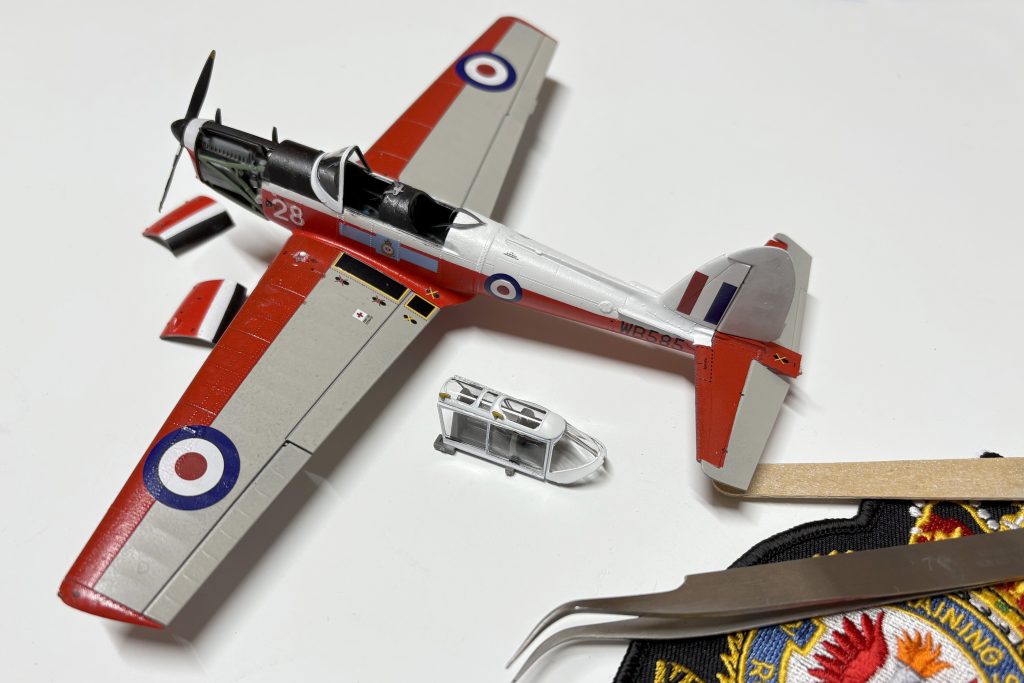
Another nice bit of engineering is the jig that you’ll need to help with assembling the rear canopy, part C27 helps tremendously in aligning the three pieces. Mask the clear parts and paint the canopy black. After the parts have dried thoroughly, paint the pieces the same glossy white as the fuselage. The black base will be visible from the inside of the canopy and creates a bit of dimension. Those two tiny canopy handles (parts B10) should be painted yellow.
Final Approach
While waiting for things to dry it seemed a good time to start adding the decals. Airfix have been working closely with Cartograph and the results have been excellent. The markings lay down into panel lines and over rivets well. A little bit of decal setting solution and even the smallest markings look great.
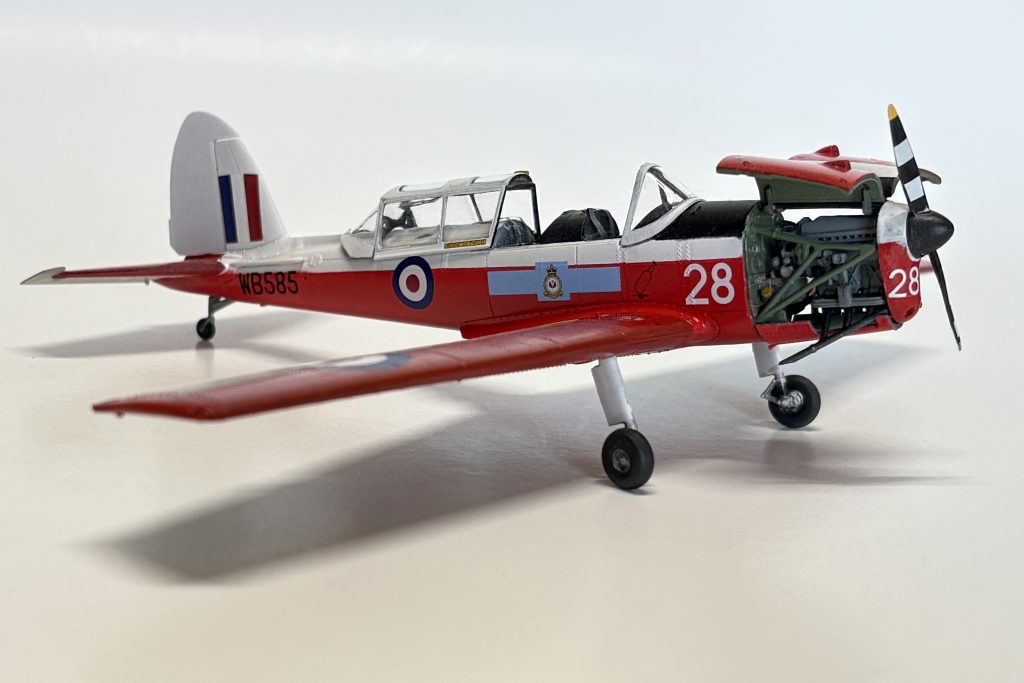
Carefully attach the canopy pieces with white glue or a cement made for clear plastic parts. Finally, attach the two engine covers in their open position and this “Chippy” looks ready for another day of classroom instruction.
